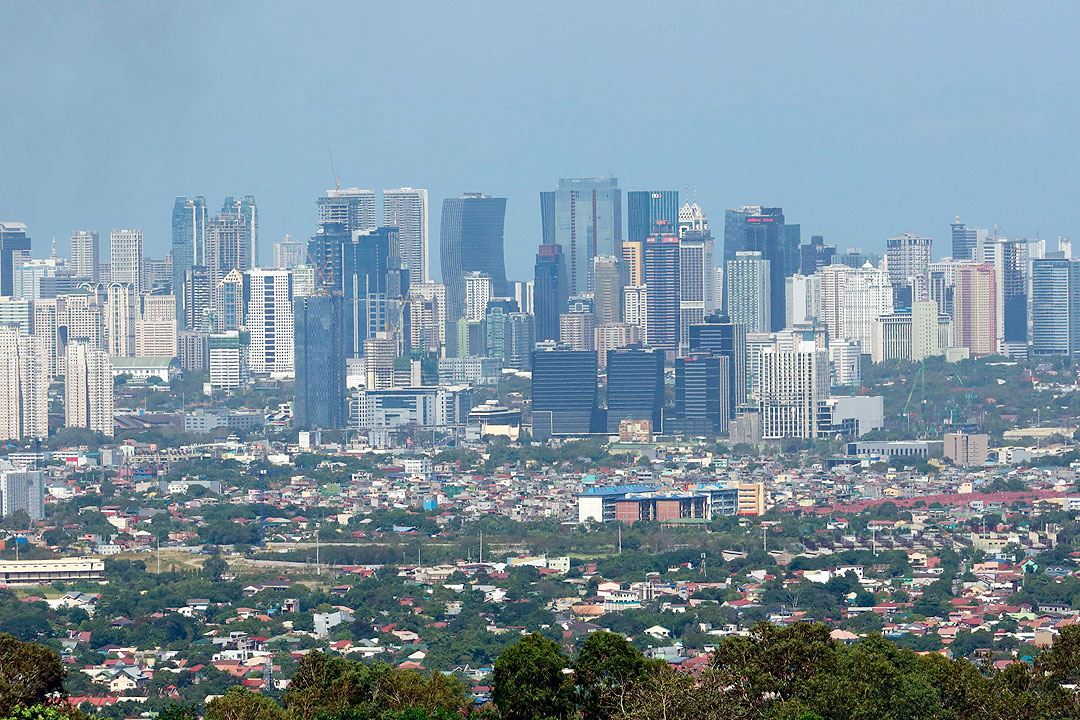
BSP signals less than 75-bp rate hike – BusinessWorld Online

By Keisha B. Ta-asan
THE PHILIPPINE central bank signaled an interest rate hike of less than 75 basis points (bps) at its next meeting in August, as it focuses on bringing down inflation.
Bangko Sentral ng Pilipinas (BSP) Governor Felipe M. Medalla also ruled out any more off-cycle rate adjustments.
“One thing I can say is you can only surprise people only once. So there will be no more off-cycle rate hikes. As to how many more rate hikes before the end of the year, that would be very data dependent,” he said during the post-State of the Nation Address (SONA) economic briefing in Pasay City on Tuesday.
In a surprise move, the BSP raised its benchmark rates by 75 bps on July 14, as it sought to contain broadening price pressures.
This brought the rate on the key overnight reverse repurchase facility to 3.25%. The BSP’s overnight deposit and lending facilities were also increased by 75 bps, to 2.75% and 3.75%, respectively.
The Monetary Board has raised benchmark interest rates by a total of 125 bps so far this year as inflation continues to remain elevated.
Mr. Medalla also hinted the Monetary Board may consider a rate hike of 25-50 bps at its Aug. 18 meeting.
“My guess is you can rule out zero or 75 bps,” he said.
“What we don’t want is the high inflation creating momentum. Wage adjustment, fare adjustment… or what we call second-order effects. That is what monetary policy is looking at. Of course, we have to balance, if we raise too much the economy weakens.”
Inflation rose by 6.1% year on year in June, the fastest in nearly four years and exceeded the central bank’s 2-4% target band for a third straight month. The average inflation rate in the first six months is 4.4%, still below the BSP’s full-year forecast of 5%.
“This year we will not meet our 2-4% target. Inflationary forces outside the Philippines are just too high. Indeed, even countries with very low inflation in the past are actually experiencing even higher inflation than we are,” Mr. Medalla said.
The US Federal Reserve is widely expected to raise policy rates by at least 75 bps at its July 26-27 meeting.
“The US is surely going to raise policy rates by 75 basis points. Like it or not, the US dollar is the safe-haven currency. Too much depreciation of the peso, or overshooting, can actually add to inflation. These are the things we are managing,” Mr. Medalla said.
The Philippine peso, which had hit a record low early this month against the US dollar, recovered lost ground on Tuesday.
The local unit closed at P55.30 per dollar on Tuesday, sharply gaining 80 centavos from its P56.10 finish on Monday, based on Bankers Association of the Philippines data.
Mr. Medalla said favorable growth conditions this year suggest that the domestic economy can handle tightening monetary policy.
“However, when you look at it, our monetary policy is still very supportive of economic growth. Indeed, the policy rate, which used to be a record low of 2%, is now just around 3.25%. By large, our estimate is the economy can absorb the increase in policy rate,” he added.
The BSP slashed benchmark rates by a cumulative 200 bps to support the pandemic-hit economy in 2020.
The economy expanded by a faster-than-expected 8.3% in the first quarter. The Development Budget Coordination Committee (DBCC) is targeting 6.5-7.5% GDP growth this year.
Mr. Medalla also added that banks are very adequately capitalized and can absorb the rate hikes.
“Going forward, there is so much uncertainty. But we stand ready to make the necessary adjustments so that balancing between maintaining and sustaining growth and ensuring financial stability in one hand and price stability on the other will all be achieved,” Mr. Medalla said.
The BSP is scheduled to review its policy on Aug. 18.
The Philippine Statistics Authority (PSA) is scheduled to release July inflation data on Aug. 5, and second-quarter GDP data on Aug. 9.
Meanwhile, in a research note from S&P Global Ratings authored by Asia-Pacific Chief Economist Louis Kuijs, central banks in the Asia-Pacific region may not follow the Fed closely as the region’s core inflation is generally lower compared with the US.
“In the Asia-Pacific economies where core inflation pressure is lower than in the US, policy rates may not rise as much and as fast as in the world’s largest economy,” S&P Global Ratings said.
“Nonetheless, good growth prospects and a comparatively large proportion of equity-based capital flows relative to bond flows should dampen such pressure in several other regional economies. Relatively rapid growth has helped attract foreign capital to the Asia-Pacific region in recent decades.”
S&P Global Ratings also said the coronavirus pandemic weakened the region’s performance in recent years.
“But we forecast Asia-Pacific GDP expansion of about 4.7% in 2023-2025. The region will keep its status as the world’s fastest growing,” the credit rater added.
Stay connected with us on social media platform for instant update click here to join our Twitter, & Facebook
We are now on Telegram. Click here to join our channel (@TechiUpdate) and stay updated with the latest Technology headlines.
For all the latest Education News Click Here
For the latest news and updates, follow us on Google News.

